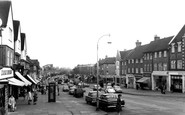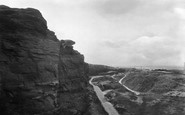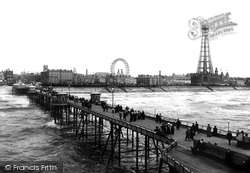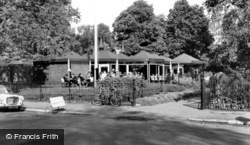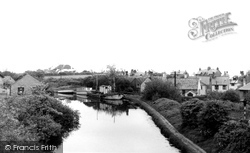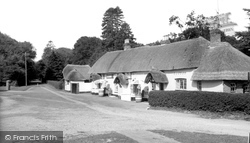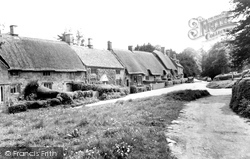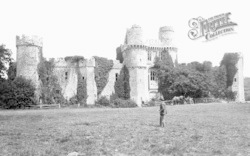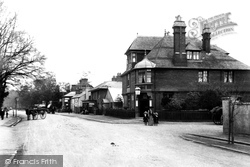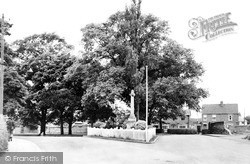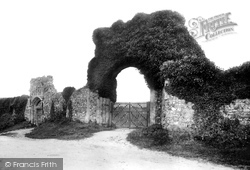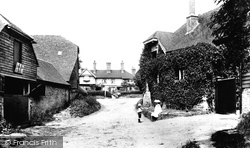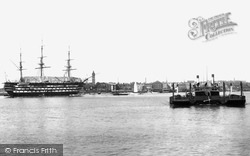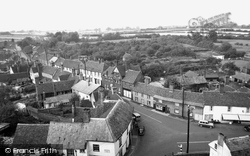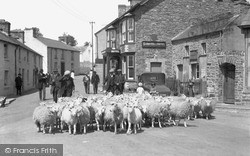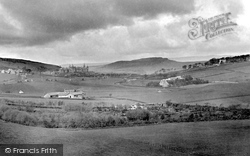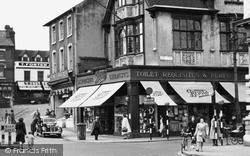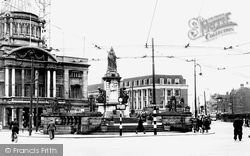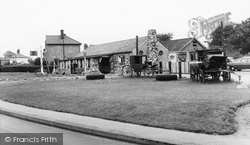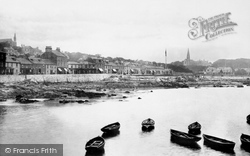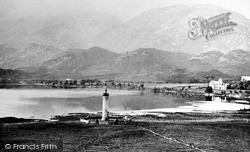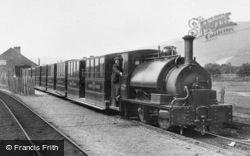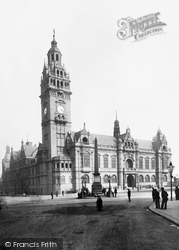Places
8 places found.
Those places high-lighted have photos. All locations may have maps, books and memories.
Photos
80 photos found. Showing results 441 to 80.
Maps
49 maps found.
Books
Sorry, no books were found that related to your search.
Memories
1,421 memories found. Showing results 221 to 230.
Childhood Days
I lived in Kingskerswell as a young child and emigrated to Australia in 1986. I was 10yrs. I missed it dearly and have fond memories although I forget the names of streets etc. I went to the local Primary school both old and ...Read more
A memory of Kingskerswell in 1880 by
Turnford A Peaceful Place
I was born and grew up in a happy, peaceful village where everyone knew everyone else. My memories are of long walks in a beautiful countryside which could have been a million miles from London instead of an hour on a ...Read more
A memory of Turnford by
My Schooldays 1952 54 Near Skipton
My Grandparents lived at 26 Otley Street in Skipton from the 1940 ( or earlier ) and I had first visited them in 1945 after VE day, They were Thomas Henry Jackson, my Grandmother Charlotte Jackson and their ...Read more
A memory of Skipton in 1952 by
Happy Times
As children we were very priviliged to be part of the village community. We spent many carefree hours playing and making camps in the woods and fields, sometimes we would venture further but had to keep a watchful eye for the ...Read more
A memory of Turners Hill in 1965 by
My Apprentice Days With Northmet Electricity (Eeb)
I was born in Elmgrove Crescent Harrow in 1933 and lived in Pinner Road North Harrow, moving to Wealdstone in 1934. I started at Bridge Scool in 1938 and followed on to Belmont Sec. Modern School ...Read more
A memory of Kenton in 1948 by
Wickford And Runwell Hospital
I got a job as a Junior House Officer at Runwell Hospital in March 1958 and worked there for a year, initially living in the hospital residence and then, after I married in Dublin, Ireland later the same year, moved ...Read more
A memory of Runwell in 1958 by
Runcorn Hill On A Summer's Day
Runcorn Hill was a wild place when I knew it back in the early 1960s. I remember even now the smell of the trees and the shade they brought on hot summer days. Yes, we had them back then, when spring came after winter ...Read more
A memory of Runcorn in 1960 by
Shell Mex And Bp Computer Centre
First started work at Hemel in November 1963. Following a spell at the Manchester Data Centre I returned in 1968 and remained until Brand Separation in 1974. We are now holding a reunion in July for anyone ...Read more
A memory of Hemel Hempstead in 1963 by
The Convent
My father died the year after I was born and his employer Burton's, provided for myself and my three brothers to attend private schools, which is how I came from London to the Convent at the age of 4. I followed my brother Colin who ...Read more
A memory of Bridport in 1947 by
Arthog
From early 1960s onwards: At school in London we had 2 summer holidays at Min-y-Don. The first time we travelled by coach, we got lost and arrived in the dark. The following year we came by train from Paddington. We had to change at ...Read more
A memory of Arthog by
Captions
877 captions found. Showing results 529 to 552.
On shore it was the Blackpool Tower, closely followed by the big wheel.
The Open Air Theatre soon followed, and in 1964 a stylish restaurant was built, consisting of a series of pyramidal and hexagonal pavilions.
The Lancaster Canal follows a sinuous course between Tewitfield locks and a splendid aqueduct carrying it across the River Lune, just outside Lancaster.
Following a recent make-over, it now has slate and oak floors, leather furniture and oak tables. There is full table service in the non-smoking dining room with its inglenook.
The two spires, along with that of King's Sutton, are described in the following lines: 'Bloxham for length, Adderbury for strength, And King's Sutton for beauty'.
It is suggested that the remains of Herstmonceux Castle form part of the oldest brick mansion in Britain; it was built in 1441, following a grant from the King to Roger de Fiennes to 'embattle' his manor-house
The temperance movement had a strong following in both Godalming and Farncombe, and the Catteshall Coffee Tavern offered an alternative to alcohol, and was open six days a week from 5.30am to 10pm.
The present Wynyard Hall was completed in 1848, and many royal visitors were entertained there over the following hundred years.
Following the ferocious storms of 1286-88, the River Blyth was diverted, the harbour partly blocked and huge areas of land were devoured by the sea, all of which marked the beginning of the decline of
It is suggested that the remains of Herstmonceux Castle form part of the oldest brick mansion in Britain; it was built in 1441, following a grant from the king to Roger de Fiennes to 'embattle
The 11th-century castle was extended by the Percy family following its purchase by them in 1309.
These buildings were once part of the large estates belonging to the Middleton, Horne and Norney families, which were broken up and sold in the years following the Second World War.
There followed spells as Flagship, Portsmouth; Guardship in Ordinary at Portsmouth; and as a naval transport during the Crimean War.
Bridge House, the Post Office Stores and the adjoining houses (centre bottom) follow the curve of the street, named after The Swan Inn.
Here, farmers smartly dressed in three-piece suits follow one of the flocks to market.
Inverkip joined in the burnings, becoming a notorious centre for following the Bible's demand that, 'Thou shalt not suffer a witch to live'.
This is the junction of George Street, Castle Street and Chapel Street - three titles that follow the 19th-century fashion for objective street names.
The 35ft statue of Queen Victoria, designed by the architect J S Gibson and the sculptor H C Fehr, dominated the centre of the new city square following its unveiling by the Prince of Wales on 12 May
The River 1903 Amid a grove of tall poplars on the banks of the River Stort are the weather- boarded malting mills, which helped to lay the foundation of the town's prosperity following the passing
Famous for the quality of its beaches, Millport developed as a resort following the construction of the harbour and the introduction of a ferry service to and from Largs.
Then Cameron of Lochiel arrived with about 700 clansmen, followed by the MacDonalds of Keppoch. The royal standard was raised, and the fight to regain the throne for the house of Stuart was on.
It was opened in 1859 and closed, following flooding, in 1948. This locomotive is now used on the Tal-y-Llyn railway.
The corporation laid a circuit of tracks around the building which in-bound trams followed.
gabled Renaissance-style Town Hall, built on the corner of Pinstone Street and Surrey Street, was designed by E W Mountford and completed in 1896; its official opening by Queen Victoria took place the following
Places (8)
Photos (80)
Memories (1421)
Books (0)
Maps (49)


